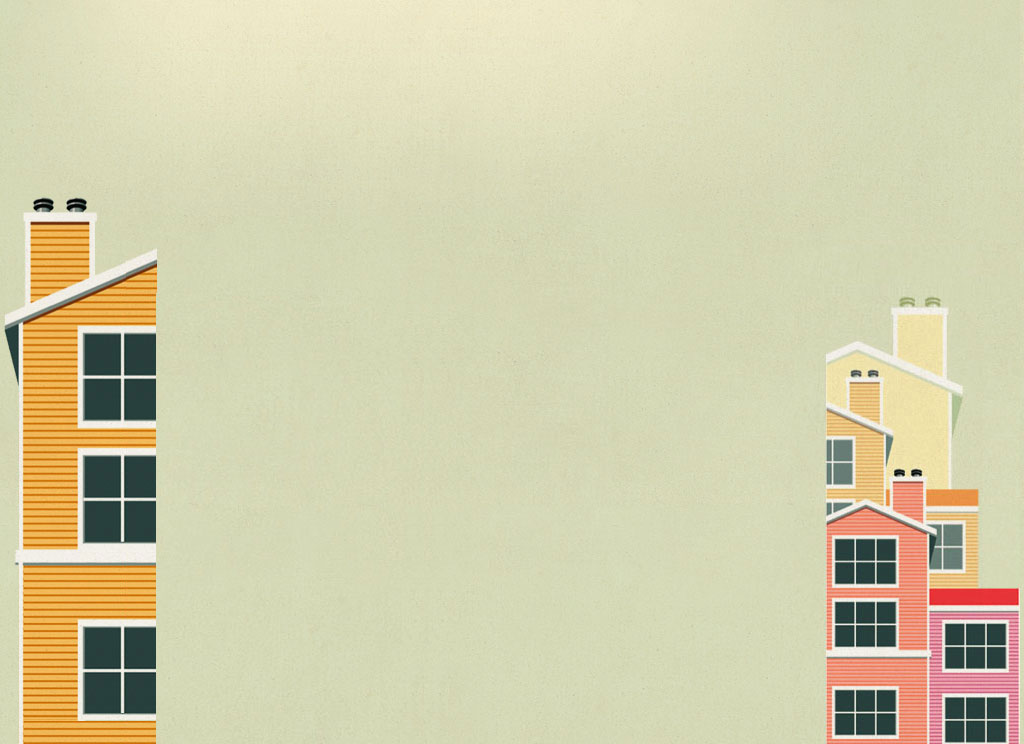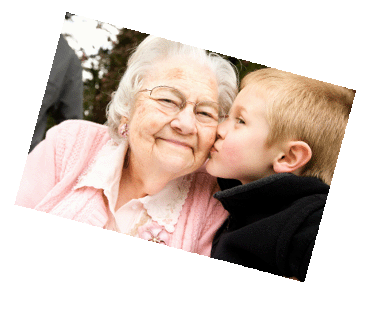Definitions of Residential Housing in BC
For Seniors:
1. Independent/Supportive Living
2. Assisted Living
3. Campuses of Care
4. Complex Care
5. Palliative Care
Independent/Supportive Living
Also known as Supportive Housing, Retirement Communities, Hotel Style Living. This level of care is not funded by the Health Authorities unless you stay in your home and have home-care services assigned through your case manager. You might do this while you wait for an Assisted Living suite.
Independent / Supportive Living residences offer housing and usually one or more services to assist the resident. Possibly help with grooming, bathing, shopping, providing meals, transport to appointments, etc. Residents are independent for the most part, but may like to have, or require a little bit of assistance in their daily routines.
Independent / Support Living residences do not have the same obligations as Assisted Living residences to provide specific services such as the five hospitality services: meals, housekeeping, laundry, social and recreational opportunities and a 24 hour emergency response system.
Independent / Supportive Living residences may have any number of units. It may be a multi-unit complex or a home residence with a couple of suites or bedrooms that are rented out on a monthly basis.
Independent Living / Supportive Living residential complexes often provide seniors with a lifestyle that can be compared with a stay in a luxury hotel. The difference is that the stay doesn't end after a few days or weeks. Elegant décor, fine dining and regularly planned activities make this the ideal "getaway". Facilities will often have an in-house convenience store, library, pool, billiards room, craft room, exercise room, lounge and rooms for private functions. They may have a guest suite that can be booked by residents for out-of-town visitors. Shuttle buses can take those residents who don’t drive to malls or on short outings.
Small home residences that offer independent or supportive housing may not have the deluxe decor or extensive amenities of a multi-unit complex, but can provide a very home-like atmosphere and personal touches. More and more home owners are expanding or opening their homes to several "guests". Accommodations may range from your own suite to a bedroom in a shared residence with the home owner. Most often these situations provide some level of supervision to ensure the resident stays safe, but are mainly there to provide companionship and socializing in a family-like setting. Often this will appeal to seniors who can care for themselves without outside assistance but who live alone and are struggling with isolation, lack of stimulation, and often a degree of concern for their well-being should they have an accident with no one around.
It is up to the individual residence to establish their own criteria as far as what they will or won’t do for the resident. In considering such a residence it is important to get a written outline of what services are or are not available. You will also want to inquire into the staffing, security features, exit processes (e.g. if your health deteriorates can you bring staff in to assist you, or are you obligated to move out of the residence?)
Some provinces have established a legal "bill of rights" for seniors in residences. You may want to inquire into whether your province has this in place, and what those "rights" are.
Although they may appear similar, there is a difference between Independent / Supportive Living and Assisted Living. Independent Living / Supportive residences welcome retired adults who are capable of managing their own personal care.
Assisted Living residents have access to additional support services to assist with activities such as grooming, dressing, bathing or taking medications.
Independent / Supportive Living housing units typically provide a combination of private living space with a lockable door, monitoring and emergency support, optional meal services, housekeeping, laundry, social and recreational opportunities. Housing units may be large or small in scale and may include rented, owned or life-leased options.
Assisted Living (Registered)
Also known as Semi-Independent Living. The publically funded units cost 70% of after-tax income leaving 30% for other things such as telephone, cable, personal items. The 70% is Income-based, not Asset-based. Meals, personal care, recreation, rent, untilities and dispensing of medicines are included. Assisted Living is not suitable for someone with dementia.
Assisted Living residences offer housing, hospitality services and personal assistance to adults who can live independently but require regular help with daily activities. By law, in order to carry the Assisted Living designation, these residences must be registered with the provincial government. In BC, this is the Assisted Living Registrar's Office.
Accommodation can range from private rooms with lockable doors in a home, to an apartment-style building with private self-contained suites, usually with their own bathrooms and cooking facilities. The residence provides a place where people can eat together and socialize.
Assisted Living operators provide five hospitality services: meals, housekeeping, laundry, social and recreational opportunities and a 24 hour emergency response system. Residents also receive personal assistance with activities of daily living, such as eating, dressing, bathing, grooming and mobility and reminders or assistance with medications
Assisted Living is intended for people who are able to choose and direct the services they receive (often referred to as being able to make decisions on their own behalf or direct their own care).
Assisted Living services are delivered in both publicly funded residences (subsidized by the Health Authorities and BC Housing) and in non-publicly funded (private pay) residences, in which residents are responsible for all costs. Some residences have both publicly funded and non-publicly funded units.
Complex Care (includes all 3 levels of care)
The third level is also known as Long Term Care, Residential Care, Complex Care, Continuing Care, Nursing Home. Health Authority funded units/beds cost 80% of after-tax income to a maximum of approximately $2,980 /mo., depending how many days there are in the month. You must go through your local Case Manager for assessment and to get on the Priority Access List. It can take a few months to get a placement and then you must be ready to accept that bed and move within 24 - 48 hours. If you reject that placement, your name is removed from the wait-list. It's recommended you take the placement and request a transfer to a home of your choice (within the same health authority).
Complex care is simply a way of describing clients who need 24-hour professional care in a residential facility. It is an assessment guide for case managers that ensures all health authorities use the same access criteria. The term Complex Care does not replace the continuing care levels known as Intermediate Care 1, 2 and 3.
Campuses of Care
Campuses of Care residences combine all three levels of care: 1) independent living, 2) assisted living and 3) continuing care - in a single setting. Often this is referred to as "aging in place" since the structure allows an individual to move from one care option to the next as their health needs change. Under one roof or on one site, they can be assured the independence of retirement home living and the security of long term or continuing care, also referred to as Complex Care by case managers. This third level is for clients with multiple health issues requiring 24-hour care with nurses on site.
As we age and our care needs change, some of us may need all three of these housing options. Moving to a new home in a new community can be stressful, so campuses of care offer different care options where seniors can move from one part of the development to another depending on the level of care required.
If a bed is not immediately available in the residential care area, an alternative temporary care plan can usually be created in assisted living until the bed becomes available, thus making the transition as smooth as possible.
This option is of great benefit to couples whose care needs are different. The campus of care option allows couples to live on the same site where they can still visit one another and have meals together.
Palliative Care
Based on two types of care, one being Acute Care which is to attempt to fix or cure or treat. This is the care most of us are familiar with during our lifetime. The other type of care is Palliative, which means nothing more can be done for the person other than to keep them as comfortable and pain-free as possible prior to their death. People who have terminal diseases such as Cancer or are simply at the end of their lives and organs are shutting down are often swtiched from Acute care to Palliative Care. Moving them into Hospice is often recommended. This is more of a home-type environment where family and friends can visit and even stay overnight in a cot beside their loved one, until they pass. Nurses and care-aids are on duty to manage pain medications and to make sure the resident is comfortable. This is a much nicer way to die than in a hospital. They also don't bother the resident so much with blood tests, unecessary medications, etc.





